Stockings
Hold Ups
Tights
Lingerie

Fully-Fashioned Stockings for Vintage Glamour
4 min read
With a line up the back of each leg as ubiquitous to 1940s and 1950s fashion as the cinched waist and perfectly-coiffed hair-do, it can seem like stocking seams were simply a popular trend. But the truth is that almost all hosiery was seamed back then – that was just how it was made.
Gio Cuban Heel Fully Fashioned Stockings
This style is what we now know as the fully-fashioned stocking (FFS), and today it’s considered the height of hosiery luxury. For one thing, fully-fashioned stockings really are ‘nylons’ in the traditional sense, being knitted from 100% nylon yarn. Stocking aficionados will tell you it’s a completely different experience to wearing modern stretch hosiery, with a much smoother feel against the skin.
However, there are different types of pure-nylon stockings, and they’re not all fully-fashioned. What really makes this style unique is the manufacturing process. All fully-fashioned stockings are made on vintage Reading machines, which went out of production in the early 60s. Today, there are fewer than five worldwide which are still in use!

French Fully Fashioned Stockings
It’s not just the scarcity of the equipment that makes fully-fashioned stockings so exclusive either. There’s also the fact these cumbersome machines (each about 30ft long and with 15,000-18,000 needles) can put out only around 30 pairs per hour, at maximum speed, and as many as 40% of those will snag and end up as imperfect ‘seconds’.
So just how are fully-fashioned stockings made?
Modern stockings are made on a circular knitting machine, which knits them directly into a tube shape. Fully-fashioned stockings on the other hand are first made flat – hence the need for a seam to hold them together.
As fully-fashioned stockings are being knit, the thread type changes, with thicker yarn being used for the welt, heel and undersole of the foot to reinforce those areas. The heel reinforcement can take different shapes, most commonly a French point or a flat-topped Cuban finish.
Not just rectangles of fabric, each stocking is knit into a shape that will ensure the non-stretch garment closely follows the natural curves of the calf and thigh. Once done, they are removed from the machine, ironed, and then a skilled seamstress sews the seam.
Gio Cuban Heel Fully Fashioned Stockings
Things aren’t over yet though, because all fully-fashioned stockings are knit from a plain, ‘greige’ coloured nylon. They still need to be dyed – a dye-resistant thread will have been used for the seam if it’s going to be in a contrasting colour.
They also then need to be steamed on a metal leg form, both to eliminate creases and to ‘tighten’ the knit and better define the leg shape. Oh, and there’s still one final step. The old Reading machines are not massively precise, meaning two ‘mediums’ can vary in length by as much as two inches. So the finished stockings will be carefully matched up, to ensure that the pair you receive in your packet are equally tall.
How to recognise a fully-fashioned stocking
There are a few tell-tale signs to look for to ensure you are buying a true fully-fashioned stocking, and not just a Reinforced Heel-and-Toe (RHT) design with a decorative seam.
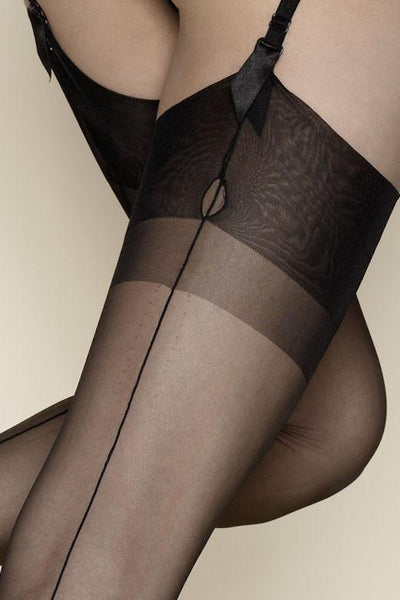
Fully Fashioned Stockings
The seam
If the seam is printed on, then it’s definitely not a fully-fashioned stocking. Some circular-knit stockings do have seams sewn onto them to better mimic the real thing though, so check that the seam runs all the way under the foot to the toe. But of course, there’s an even more obvious clue…
The finishing loop
Also called a keyhole, the finishing loop is an unmistakable circular gap in the top seam over the welt. During seaming, the seamstress folds the welt over on itself, to make this part extra-robust. Not intentionally decorative (though many people love how it looks!), this ‘hole’ allows the sewing needle to be withdrawn once the welt has been secured in place.
The picot lines
If you look very closely at seam of a fully-fashioned stocking, you will see faint rows of dots on either side in certain areas. Also known as compression stitches or fashioning marks, these are caused as the machine adjusts the width of the flat stocking piece.
Gio Point Heel Fully Fashioned FFS Stockings
Why wear fully-fashioned stockings?
I hope this article has illustrated why fully-fashioned stockings cost more than many other styles. From the labour-intensive process to the fact that only a limited number can be made per year, there’s simply no way to produce authentic fully-fashioned stockings on the cheap.
But they are worth paying out for! For one thing, you’re helping this decades-old (and now very tiny) industry to stay alive. And at a personal level, fully-fashioned stockings offer both glamorous style and a luxury feel. If you want to experience hosiery the way women wore it in the 40s and 50s, fully-fashioned is the only way to go!
Click here to see all of the fully-fashioned stockings currently available at Mayfair Stockings.
by Estelle Puleston
1 Response
Leave a comment
Comments will be approved before showing up.

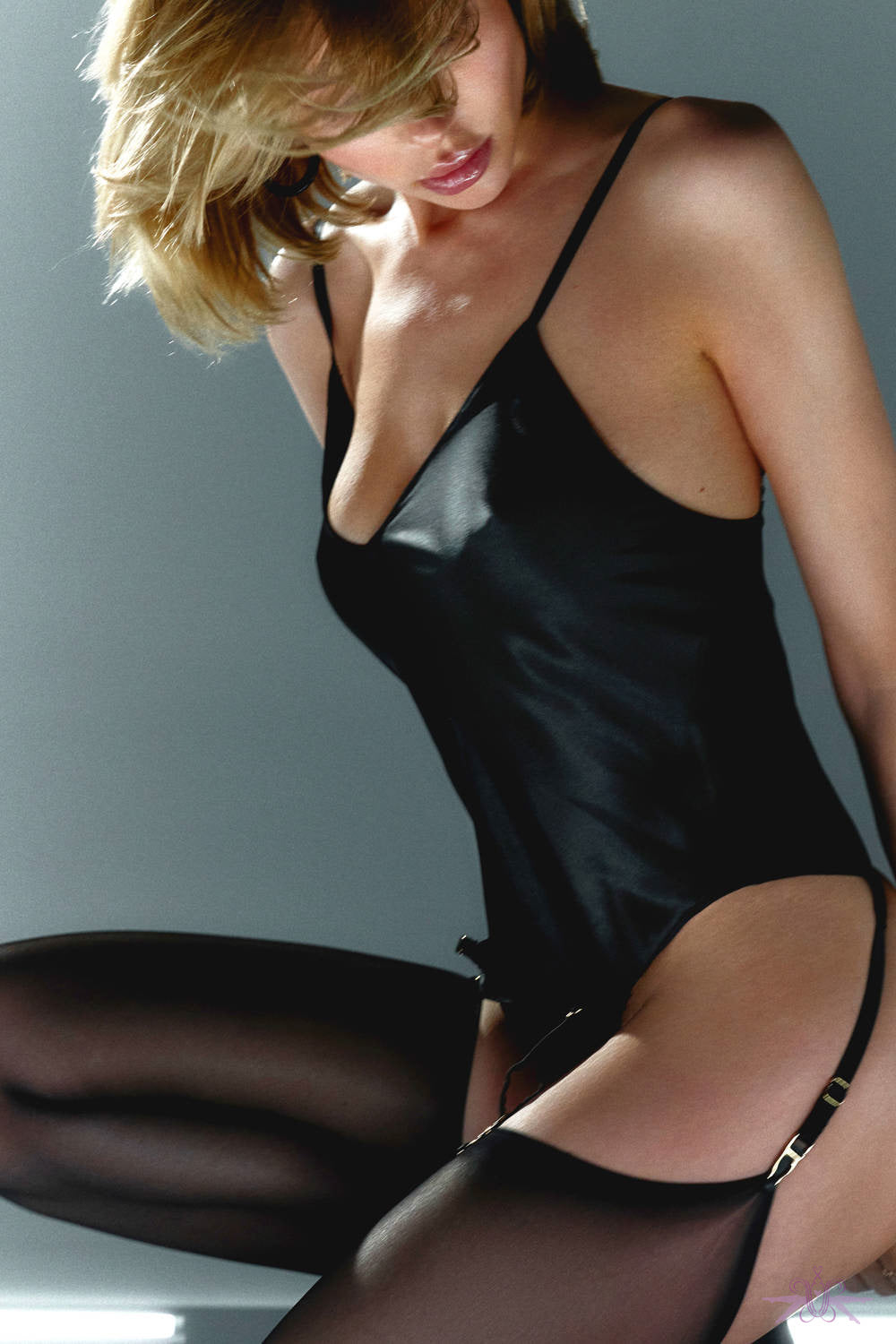
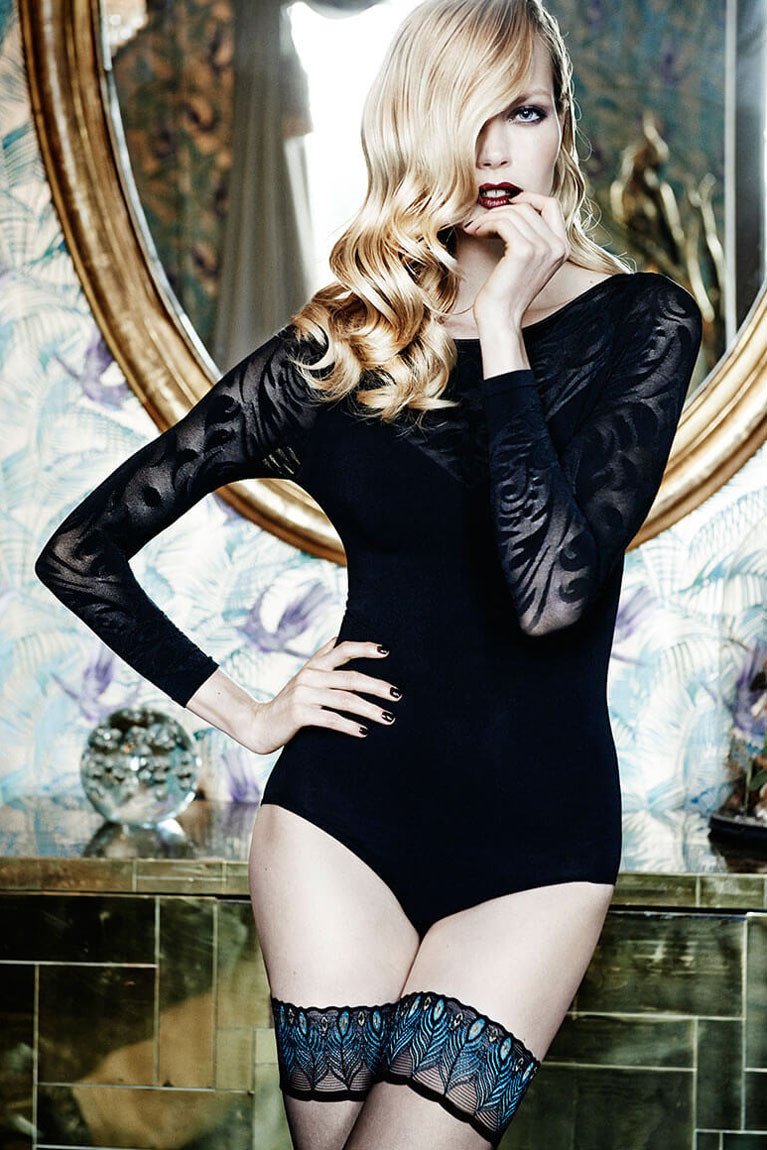
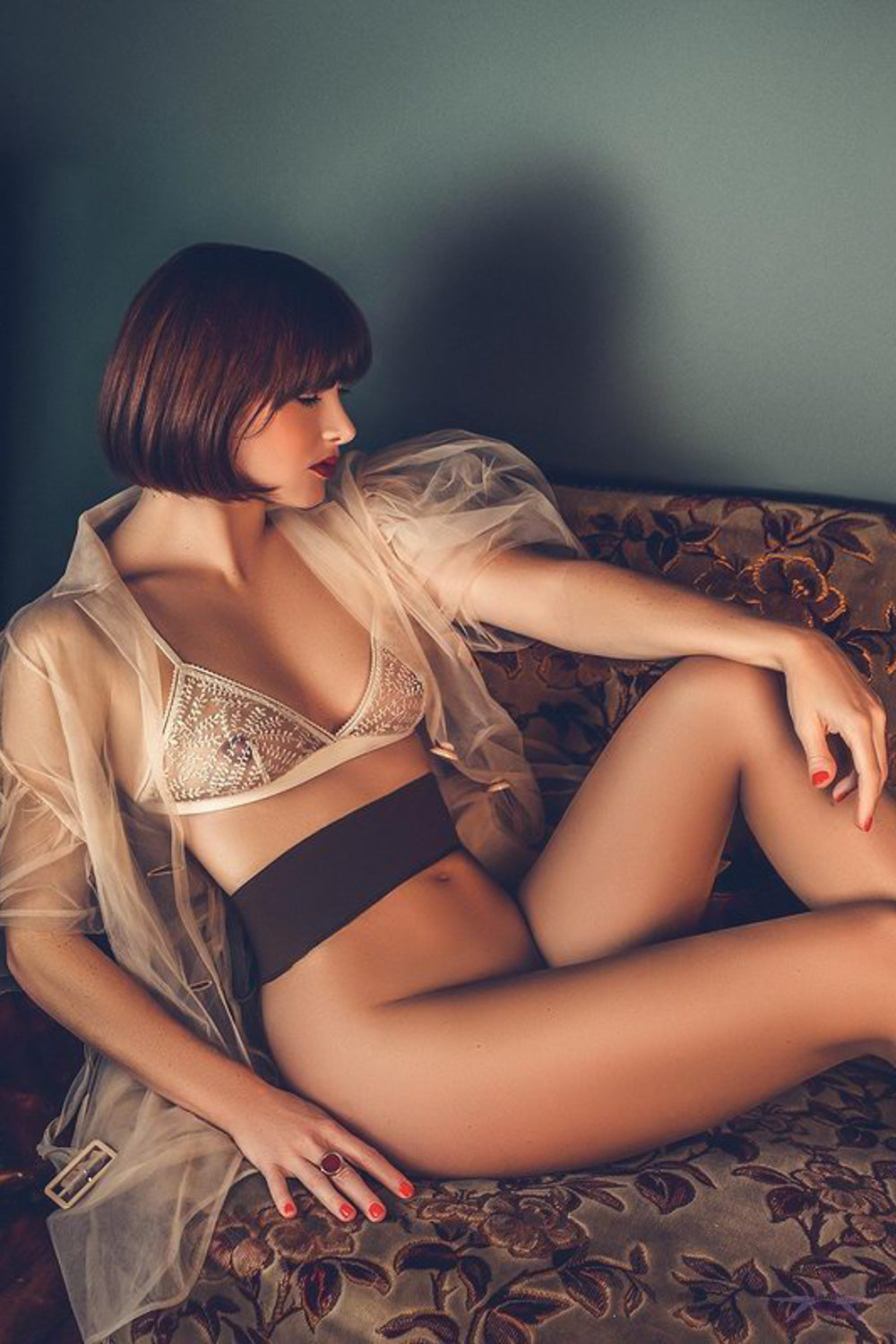
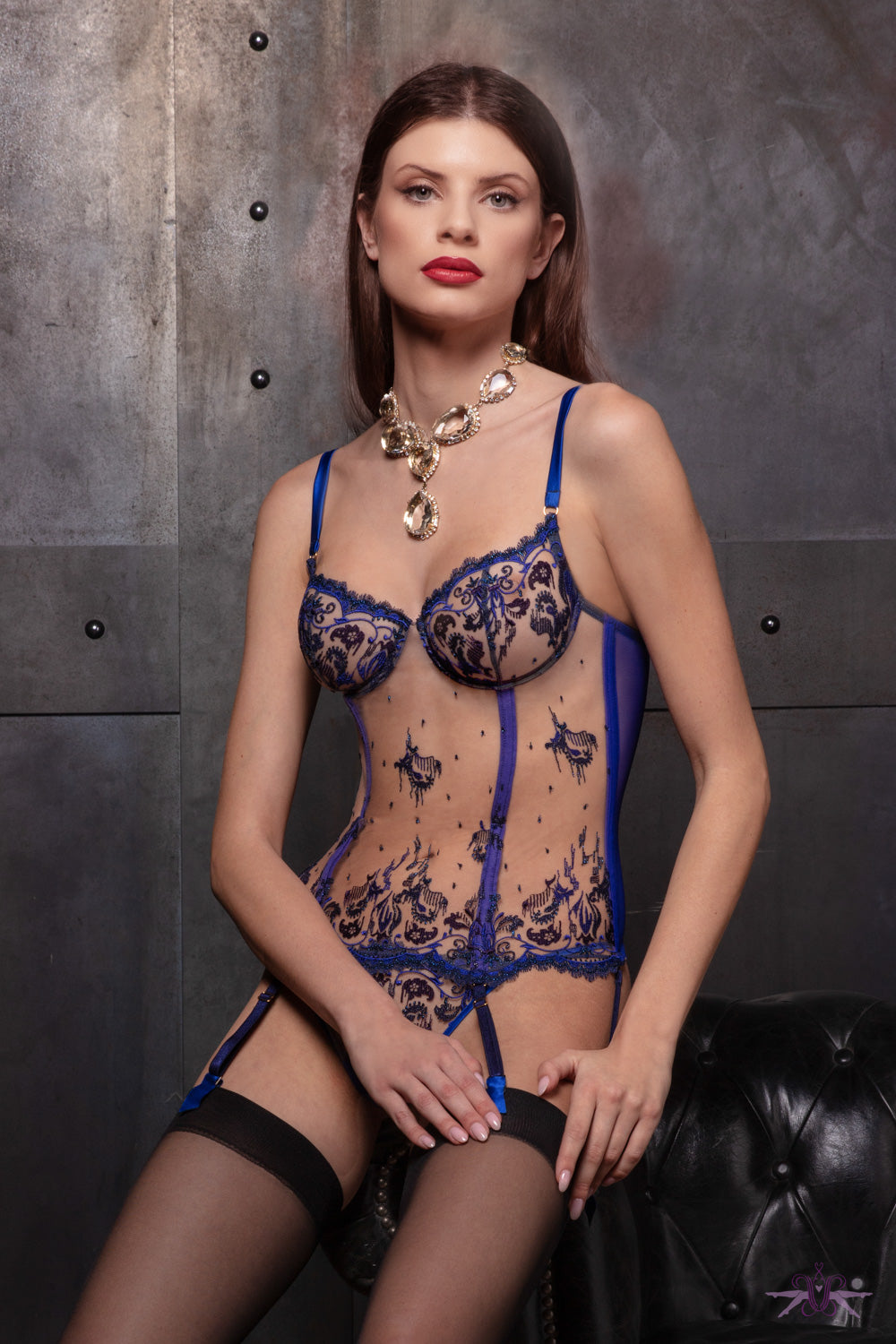
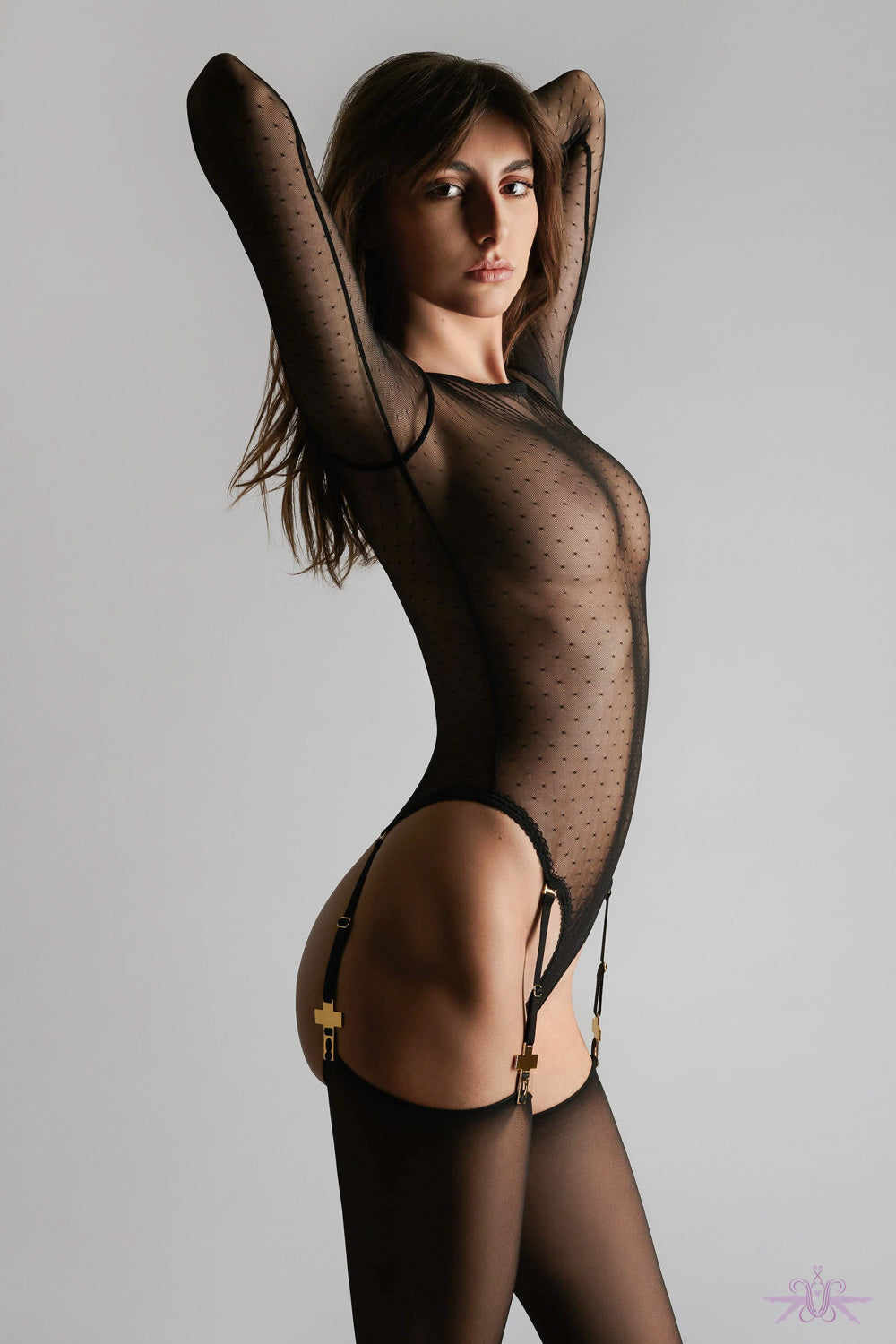
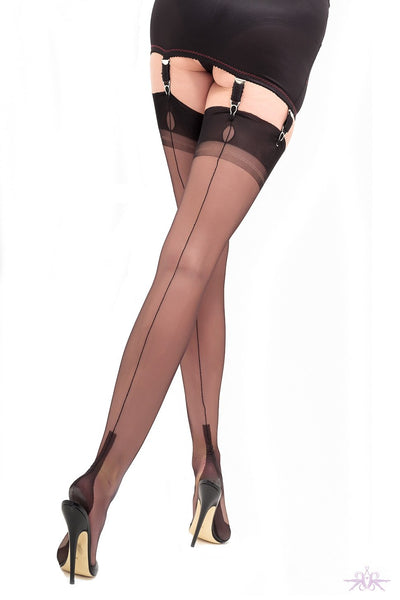
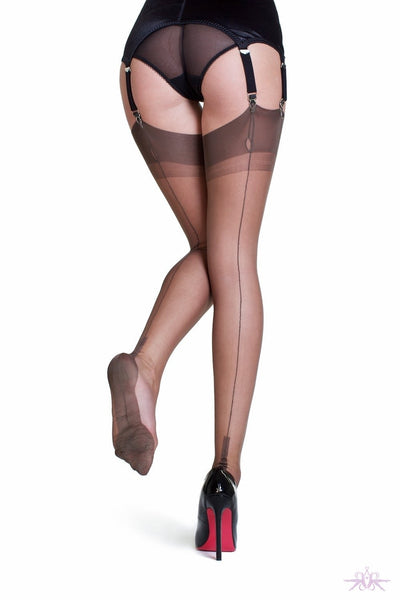
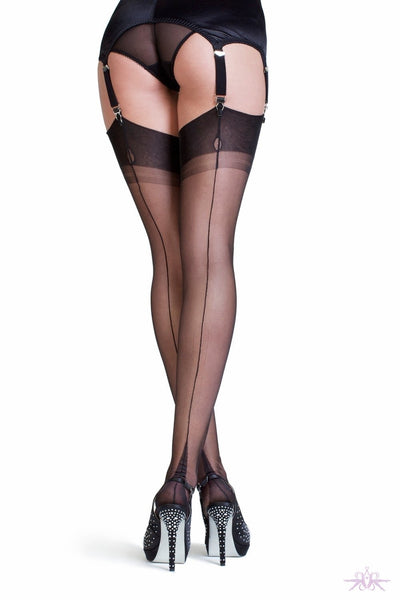



Phillip
June 17, 2019
As I was born in 1953 I love stockings and the women who wore them.
Thank you for reproducing them so well. I have used your company a few times now
And have been impressed by the quality of your products.